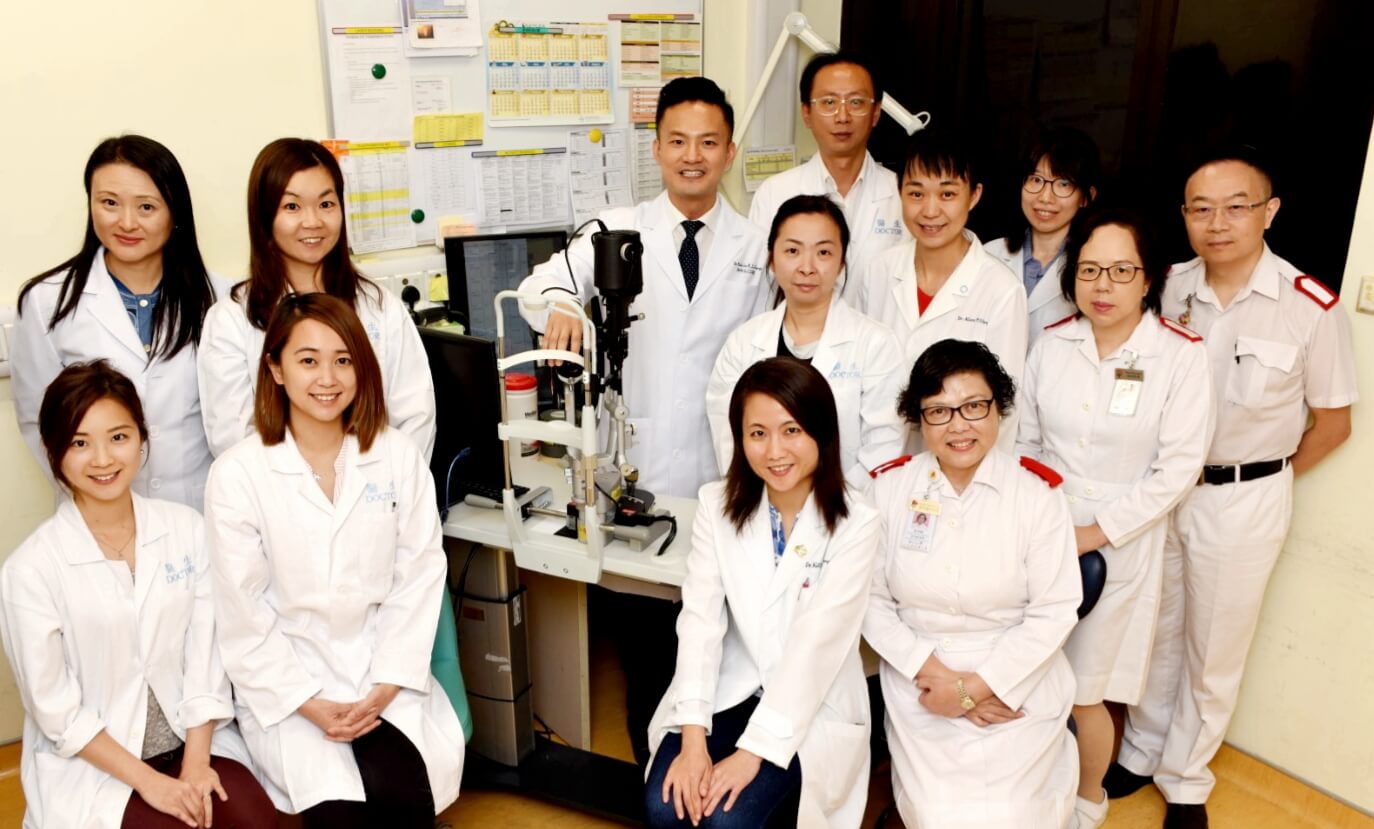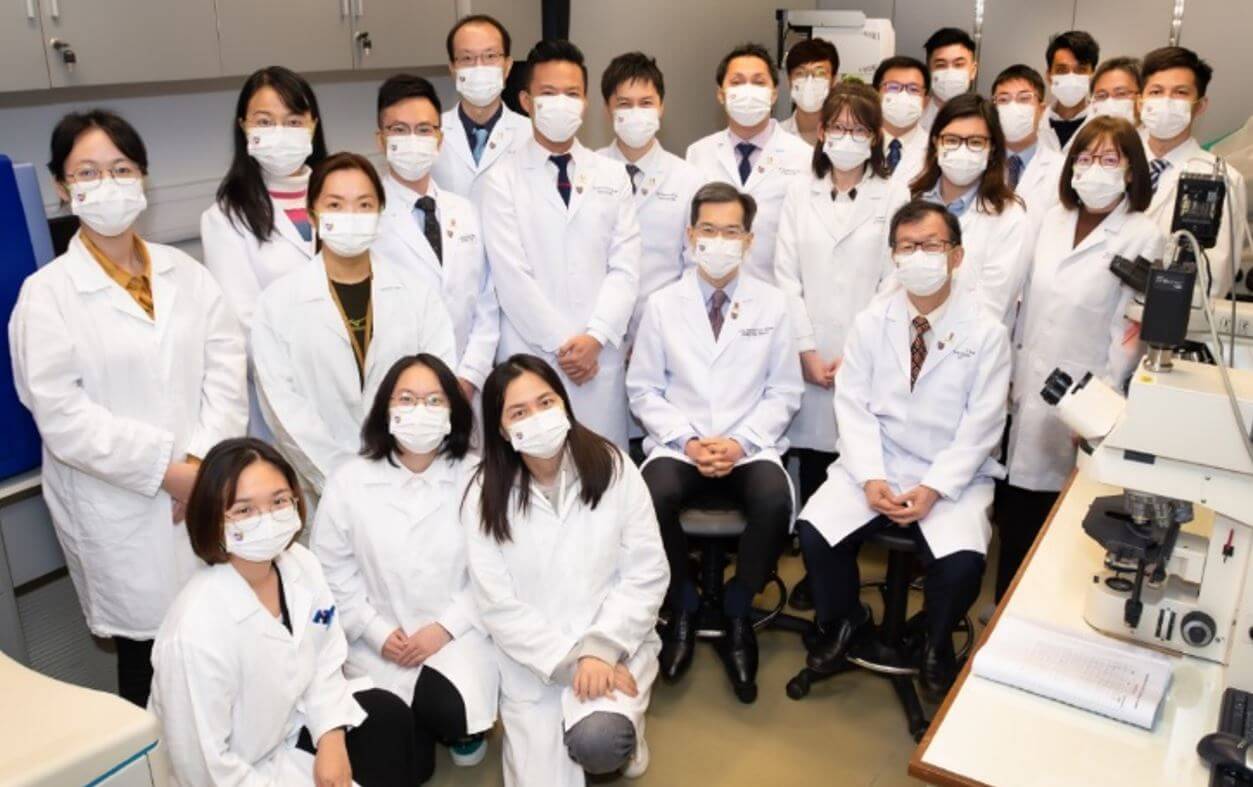Research on Thyroid Orbitopathy
Every year in Hong Kong, over thousand people are diagnosed with the Grave′s Disease, which is one of the most common self-immune diseases that lead to Hyperthyroidism. Over half of the patients with the Grave′s Disease are suffered from varied degrees of thyroid eye disease.
In Hong Kong, like in many other regions globally, there is no universal standard for screening processes for patients with Grave′s disease, leading to variations in approaches. However, the Thyroid Eye Clinic located in the New Territories East Cluster is a pioneering subspecialty clinic in Hong Kong that provides specialized medical care exclusively for thyroid eye disease.
The Thyroid Eye Clinic, established by the Associate Professor of the Department of Ophthalmology and Visual Sciences, Dr Kelvin KL CHONG, has a multi-disciplinary medical team comprising CUHK Eye Centre and ophthalmic research laboratory, and doctors from endocrinology, oncology and radiology team. Since 2012 autumn, the team has handled more than 1300 patients with thyroid eye disease. This clinic has promoted the diagnose, treatment, surgery, and translation studies of thyroid eye disease, and was awarded the ″Outstanding Team″ of the New Territories East Cluster in 2020.
The team has been conducting basic laboratory tests using the blood-based biomarkers, including the thyroid stimulating hormone receptor (TSHR) and insulin-like growth factor 1 receptor (IGF-1R), to identify patients with thyroid eye diseases potentially prone to worsening. Apart from that, different methods are used to identify different biomarkers. For example, using AI to evaluate the appearance photo, optical coherence tomography (OCT), and angiography that is used to evaluate congestive eye disease or compressive optic neuropathy. To ensure the safety before rehabilitation orbital decompression surgery, TED multi-parameter magnetic resonance image-guided management is also used to expand the indications of triple therapy for the treatment of compressive optic neuropathy and intractable diplopia.
The key pathological changes of thyroid eye disease are orbital fat and ocular muscle swelling. The team established a site-specific (orbital fat) stem cell model for the first time. Through this model, the team has identified a specific role for a protein (osteoplastic protein) in the expansion of orbital fat associated with thyroid eye disease.
Click here to view related papers on thyroid eye.

″Thyroid Eye Clinic″ was awarded the ″Outstanding Team of the New Territories East Cluster″ in 2020

Research team on thyroid orbitopathy in the Department of Ophthalmology and Visual Sciences, Faculty of Medicine, The Chinese University of Hong Kong
